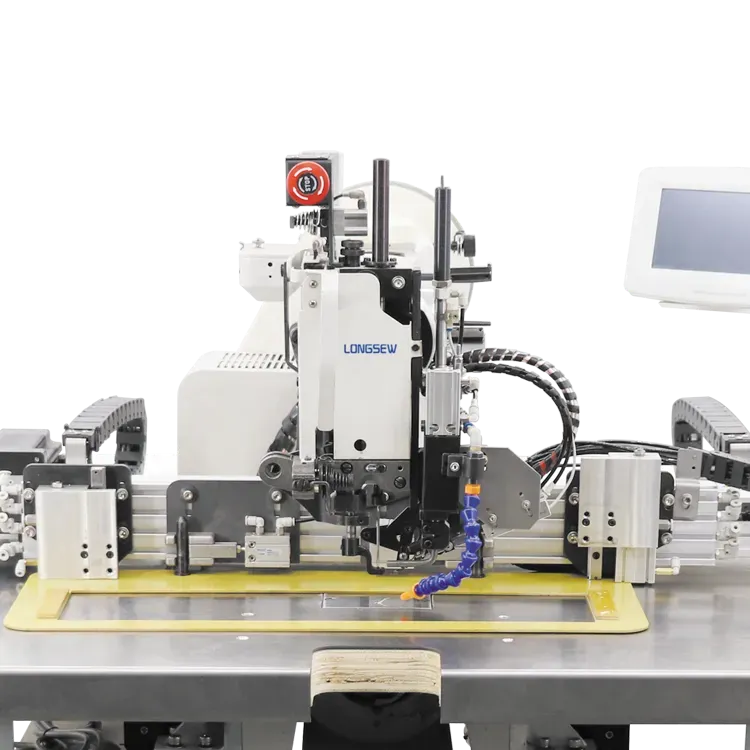leather upholstery sew
Exploring Leather Upholstery Sewing A Craftsmanship Guide
Leather upholstery sewing is a meticulous art that blends creativity with technical skill, allowing artisans to create stunning, durable pieces for furniture, automotive interiors, and various accessories
. As demand for high-quality leather products continues to rise, understanding the fundamentals of leather upholstery sewing becomes essential for both hobbyists and professionals alike.The process begins with selecting the right type of leather. There are several options available, including full-grain, top-grain, bonded, and split leather. Full-grain leather is regarded as the highest quality due to its natural surface and durability, making it ideal for upholstery projects. Top-grain leather is slightly altered to remove imperfections, offering a balance of quality and affordability. For those on a budget, bonded leather presents a cost-effective alternative, though it may not last as long as the others.
Once the leather is chosen, the next step is preparing the materials. Proper preparation is crucial as leather can be challenging to work with. It is recommended to have a sharp knife or rotary cutter, heavy-duty thread, and upholstery needles on hand. Additionally, investing in quality cutting mats and rulers will help ensure precision in measurements and cuts.
Before sewing, it's important to create a pattern. This can be done by measuring the furniture or item being upholstered and then sketching a layout on paper or using software. For complex shapes, it might be useful to create a prototype using muslin or another fabric. This allows for adjustments without wasting leather.
leather upholstery sew

When it comes to sewing techniques, many leather upholstery projects utilize a straight stitch combined with a backstitch for reinforcement. It is imperative to use the correct thread type; polyester or nylon threads are often preferred due to their strength and durability. When threading the needle, a larger, heavier needle helps to accommodate the thickness of the leather and to prevent damage.
As you begin to sew, take your time, as leather can be unforgiving of mistakes. Use clamps or clips instead of pins to hold pieces together, as pins can leave holes that mar the appearance of the leather. Additionally, a walking foot on a sewing machine can help manage the thickness and prevent slipping as you stitch.
Finally, finishing touches are vital. Edges can be burnished to create a polished look, while conditioning products can be applied to maintain the leather’s suppleness and luster. Upholstered items can then be personalized with decorative stitching or unique embellishments to enhance their aesthetic appeal.
In conclusion, leather upholstery sewing is a rewarding craft that requires careful planning, the right materials, and a steady hand. Whether you are reupholstering a chair or creating a custom leather bag, the skills honed through this craft can lead to beautiful, functional pieces that stand the test of time. Embrace the challenge, and enjoy the satisfaction that comes from transforming sheets of leather into works of art.
-
Leather Sewing Machine: The Industrial Standard for Tough MaterialsNewsJul.18,2025
-
Sail Making Machine: Heavy-Duty Stitching for Industrial and Marine NeedsNewsJul.18,2025
-
Sling Sewing Machine: The Backbone of Heavy-Duty FabricationNewsJul.18,2025
-
Leather Sewing Machine: Precision for Heavy-Duty StitchingNewsJul.18,2025
-
Big Bag Sewing Machine: Powering the Future of Bulk PackagingNewsJul.18,2025
-
FIBC Sewing Machine: Essential Equipment for Bulk Bag ProductionNewsJul.18,2025
-
Heavy Duty Leather Sewing Machine: A Must-Have for Professional LeatherworkNewsMay.28,2025





























